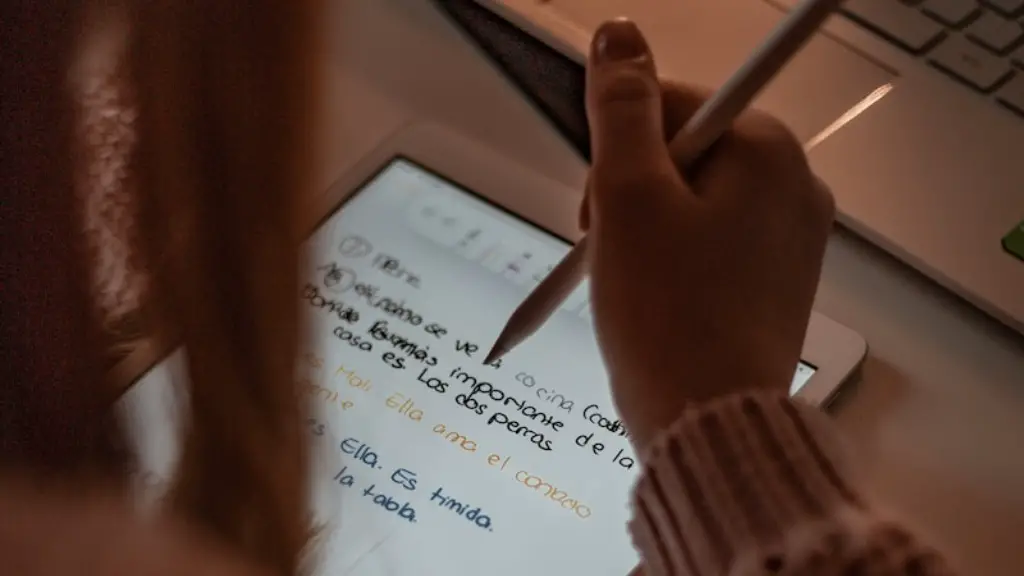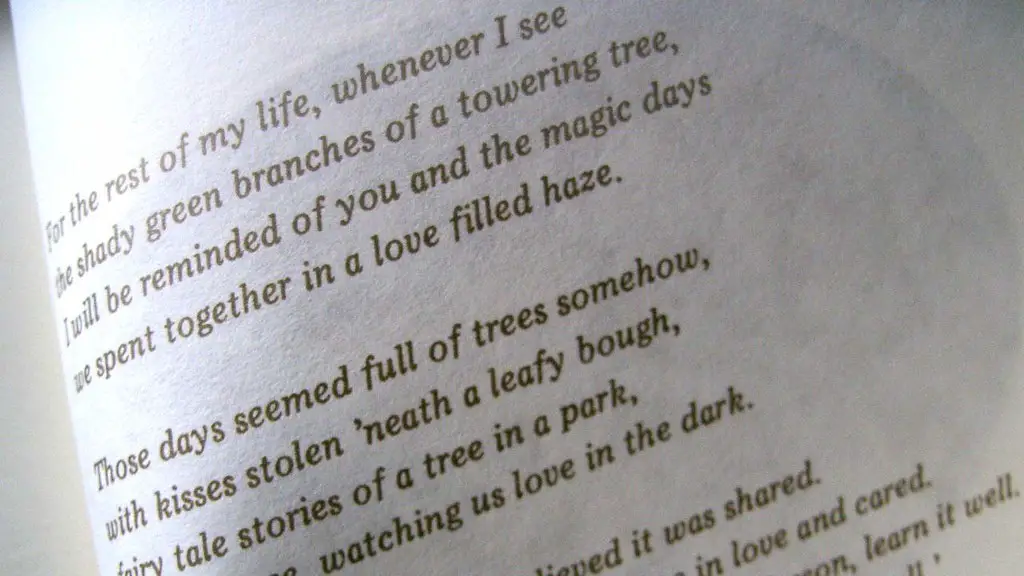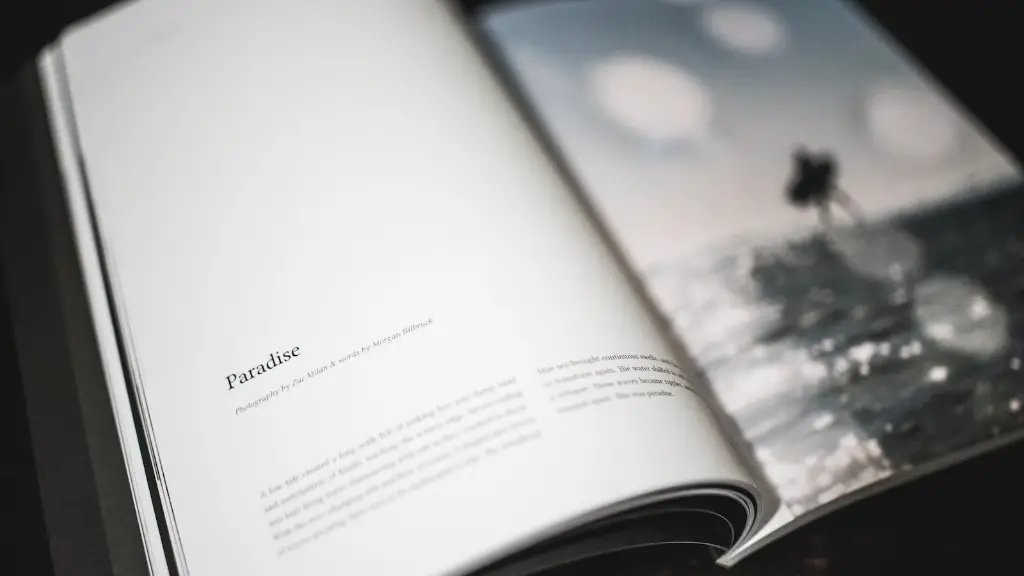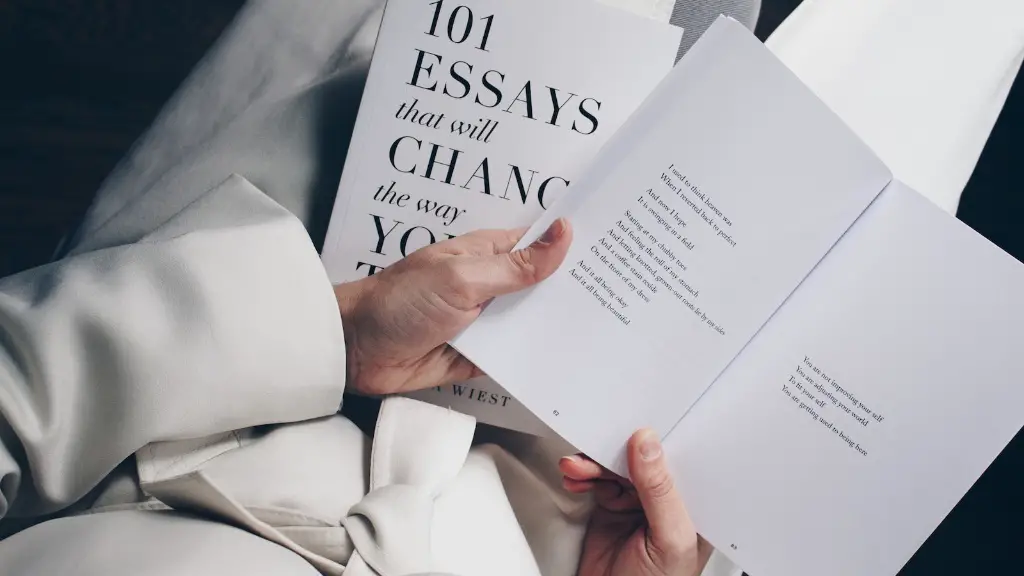What is Alliteration?
Alliteration is a literary device that involves the repetition of one particular sound at the beginning of multiple words in a phrase or sentence. It is often found in poetry but can also be used in prose, song lyrics and even advertising slogans. The purpose of alliteration is to create interest, emphasis, cadence and to provide a pleasing aesthetic. Alliteration can often be used to encourage the reader to slow down and pay careful attention to the phrase or sentence as they appreciate the artistry of the words.
The Purpose of Alliteration in Poetry
As alliteration involves the repetition of sounds, it can be used in poetry to create a sense of rhythm. Through the use of alliteration, the poet may be able to induce an effect similar to that of a metrical line of poetry. In addition, alliteration can also be used to emphasize certain words, creating emphasis and allowing the poet a tool to bring out certain concepts which they wish to highlight. Alliteration can also create a sense of sound that can be quite interesting and pleasing to the ear, providing a ‘musical’ aspect to the poem which is intended to help the reader engage with and enjoy the poem.
Examples of Alliteration in Poetry
An example of alliteration in a poem would be “purple clouds like pillows of paradise”. The repetition of the ‘p’ sound at the start of both words ‘purple’ and ‘pillows’ is what makes it alliteration. Another example of alliteration in a poem could be “the sweet smell of success”, where again the repetition of ‘s’ sound at the start of both words ‘sweet’ and ‘success’ is the attribute of alliteration. It can be noted that the purpose of alliteration in the above examples is to both emphasize certain words and create a sense of rhythm, while also pleasing the reader’s ear.
The Difference between Alliteration and Assonance
It is important to note the difference between alliteration and assonance, as both involve the repetition of sounds but not necessarily at the beginning of words. Assonance, for example, simply involves the repetition of vowel sounds within a phrase or sentence, rather than the repetition of consonant sounds. It is often used along with alliteration, in order to create a greater sense of emphasis and rhythm. An example of assonance in a sentence would be “The sweet smells of the morning light”, where the repetition of the ‘e’ sound at the end of words sweet and morning is what makes it assonance.
The Role of Alliteration in Poetic Imagery
Alliteration can also be used to create vivid images within poetry. For example, an alliterative phrase such as “growing gales of grey” can help to create a clear mental image of a windy bitter grey day. The phrase helps to create a mood and brings an atmosphere to the poem, as though the reader can almost feel the wind in the phrase. It is clear, then, that alliteration can be used as a powerful tool for creating imagery and building atmosphere in a poem.
The Impact of Alliteration on the Mood of a Poem
The use of alliteration can have a profound impact on the mood of a poem. For example, if the words chosen are soft and gentle, such as “softly silent”, the alliteration can create a calming and peaceful atmosphere. On the other hand, if the words chosen are harsher, such as “bloody battles”, the alliteration can create a sense of tension and urgency in the poem. It is important for the poet to consider the mood their words will create and use the alliteration to create this.
The Relationship between Alliteration and Cadence
The use of alliteration is also closely related to the concept of cadence. The notion of cadence refers to the flow of a certain phrase or sentence and the naturally pleasing rhythm that may come from it. Alliteration can help to create this rhythm by repeating certain sounds in a pleasing pattern. It can therefore be used to create a musicality to a poem, an effect which is often intended to slow down the reader, helping them to appreciate the individual words and the words as a whole.
The Role of Alliteration in the Modern Poetry Scene
Alliteration has been a critical aspect of poetry throughout the history of literature. As a tool for emphasizing words, creating imagery and creating rhythm, it has been employed by poets both in the ancient and modern era. In the modern era, the use of alliteration can be seen in everything from pop lyrics to political slogans, and its purpose is the same as it has always been; to create emphasis and a musical aesthetic.
The Ways in Which Alliteration Enhances Poetry
Alliteration can be an effective tool for modern poets to enhance their work, as it can bring an interesting aspect to a poem that appeals to the reader. As well as providing rhythm and emphasis to the words, alliteration can also help poets to create vivid imagery that draws the reader into the poem and captivates their imagination. This can be a useful tool in the art of poetry and can help to make the poem a more unique and appealing piece of literature.
The Advantages of Alliteration
The use of alliteration has many advantages, both to the poet and to the reader. For the poet, it can be an effective tool in terms of emphasizing certain words and creating imagery. For the reader, it can provide a pleasing aesthetic and induce an effect similar to that of a musical phrase. Alliteration also helps to engage the reader and encourage them to appreciate the poem as a work of art, by slowing them down and allowing them to appreciate the individual words and their meanings.
The Disadvantages of Alliteration
Although alliteration can have many advantages, there are also some disadvantages which must be taken into consideration. Alliteration can be quite difficult to master and requires a great deal of consideration and precision from the poet. If used too frequently or inappropriately, it can end up distracting the reader from the main message of the poem, as the emphasis may sometimes be misplaced.
Conclusion
Alliteration is an interesting and important aspect of poetry, as it can be used to add emphasis, create rhythm, and to make a poem more aesthetically pleasing. By considering both the advantages and disadvantages, poets can use alliteration to create unique and captivating pieces of literature that engage the reader’s imagination and capture their interest.



